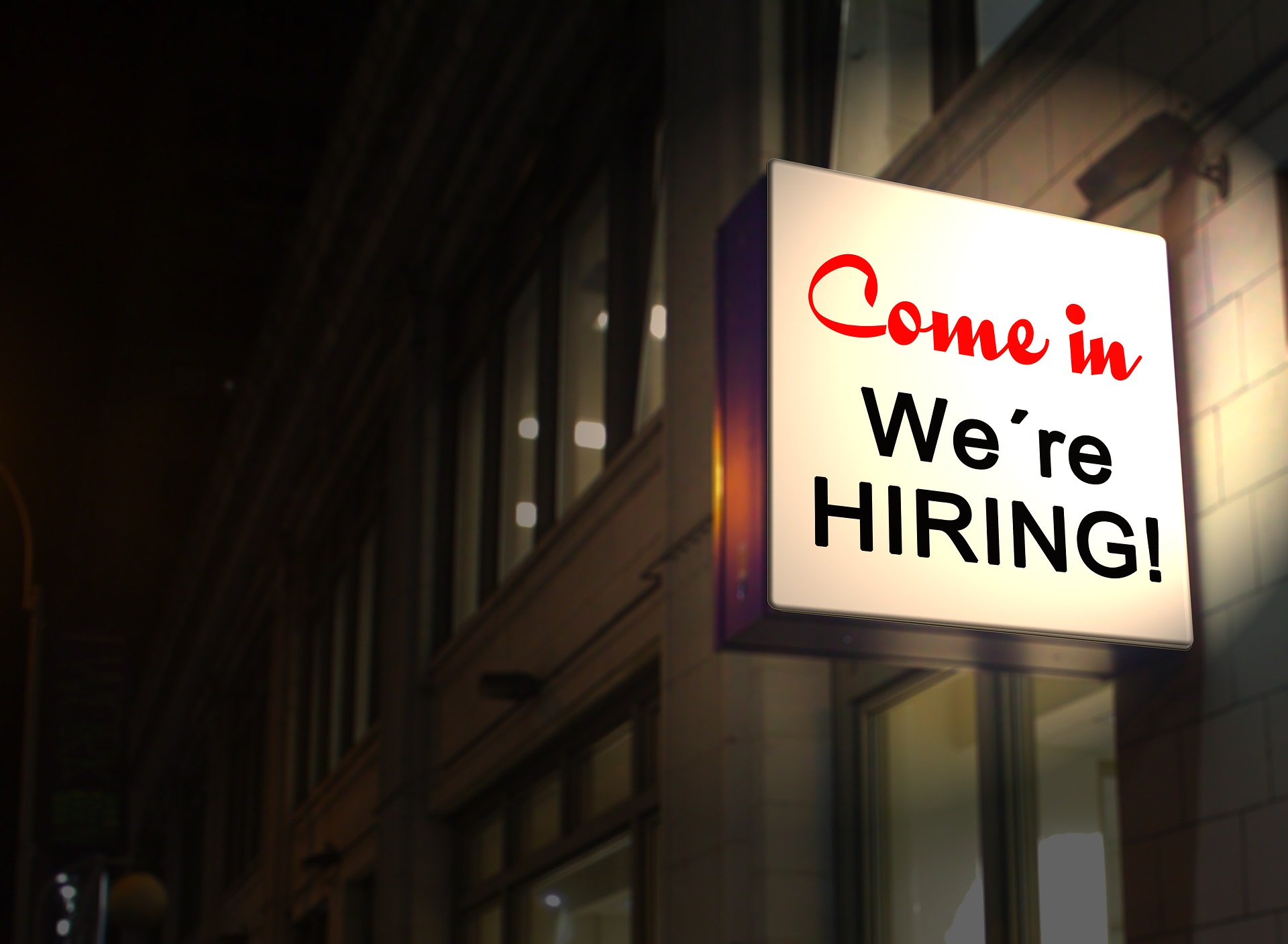
Employers in the United States sought to fill 9.3 million positions in June 2021, breaking a record for the most job openings added in a month. But despite the hotter-than-ever post-pandemic job market, employees aren’t exactly racing to return to work — only 10% of job seekers say they’re actively searching for their next positions.
The U.S. labor market is beginning to recover
There’s no debate that the U.S. labor market is showing signs of recovery: the number of Americans filing new claims for unemployment benefits has dropped continuously, and job layoffs in late June lunged to a 21-year-low.
As COVID-19 restrictions lift and businesses inch toward pre-pandemic levels of operation, the need for workers is intensifying. But a new problem is afoot for employers. Open positions, even those once viewed as competitive, are difficult to fill.
Why can’t employers fill jobs?
Economists offer varying explanations, and for many unemployed people, a confluence of factors is to blame.
ADP chief economist Nela Richardson suggests it’s a simple problem of supply and demand. “Everyone is hiring at once to position for the summer reopening,” Richardson told CNN, and competition is stiff among employers trying to bring in new hires.
The Wall Street Journal Editorial Board, along with many GOP politicians, points to “bad policy” as the reason for the slowed labor market growth, arguing that the American Rescue Plan’s $300 federal unemployment bonus allows unemployed workers to earn more than their previous wages which in turn disincentives them from seeking employment.
While the federal program is scheduled to expire in September, many state leaders have chosen to opt-out early.
For parents, there are multiple factors that complicate the matter of returning to work. Millions of mothers left the workforce during the pandemic and are still straddling the line of needing to care for their children physically and provide for them financially. Nearly 40% of unemployed hourly workers say they want to return to work but are unable to due to family obligations like childcare, according to Snagajob’s 2021 Summer Hiring report.
Other reasons include:
- Want to work but unable due to family obligations (like taking care of children) or schedule: 38%
- Burn out from long-term unemployment: 33%
- Want to work but waiting for more people to be vaccinated: 16%
- No jobs that fill their skill set: 12%
- Waiting for unemployment benefits to expire: 4%
There’s also the fact that some workers have permanently left the labor force: Early retirement rates accelerated during the pandemic and millions were forced to retire early, permanently leaving their careers and positions vacated. Since February 2020, about 3.4 million people have dropped out of the labor force due to early retirement.
Employees have the upper hand
Employers are desperate for labor and can’t afford to be shy about it. Hiring bonuses, increased wages, new benefits, and flexible work arrangements are just a few of the incentives being peddled by employers seeking to make themselves attractive to picky job seekers.
Job advertisements that include hiring incentives have more than doubled on job board site Indeed since July 2019, says economist Ann Elizabeth Knokel of Indeed Hiring Lab, while job searches for positions with hiring incentives have shot up 134% since the beginning of 2021.
“Getting workers back to the job site has not come cheap,” Wells Fargo senior economist Sarah House writes. “Employers have had to pony up in industries where shortages have been particularly acute.”
Low-wage workers have seen the biggest gains, with new jobs at restaurants, hotels, retail shops, and salons accounting for about half of all payroll gains in June.
“The food-service sector is out of control,” said Eugene Lupario, chief executive of SVS Group, a staffing firm based in Oakland, Calif. “Employers are willing to pay almost anything they need to get workers.”
Looking forward to the fall
As schools reopen in the fall and COVID-19 vaccinations continue to increase, it’s likely that the labor market will stabilize. While some economists and activists argue that the post-pandemic labor demand marks a turning point in the centuries-old power struggle between employers and employees, others warn that recent wage increases and enticing benefits packages were born out of necessity and will fade away as quickly as they appeared.
“I’m really skeptical that what we’re seeing is the start of a new era of worker bargaining power,” Indeed economist Nick Bunker told AXIOS.
ABOUT THE AUTHOR
Lia Tabackman is a freelance journalist, copywriter, and social media strategist based in Richmond, Virginia. Her writing has appeared in the Washington Post, CBS 6 News, the Los Angeles Times, and Arlington Magazine, among others.
Image by Gerd Altmann from Pixabay.




